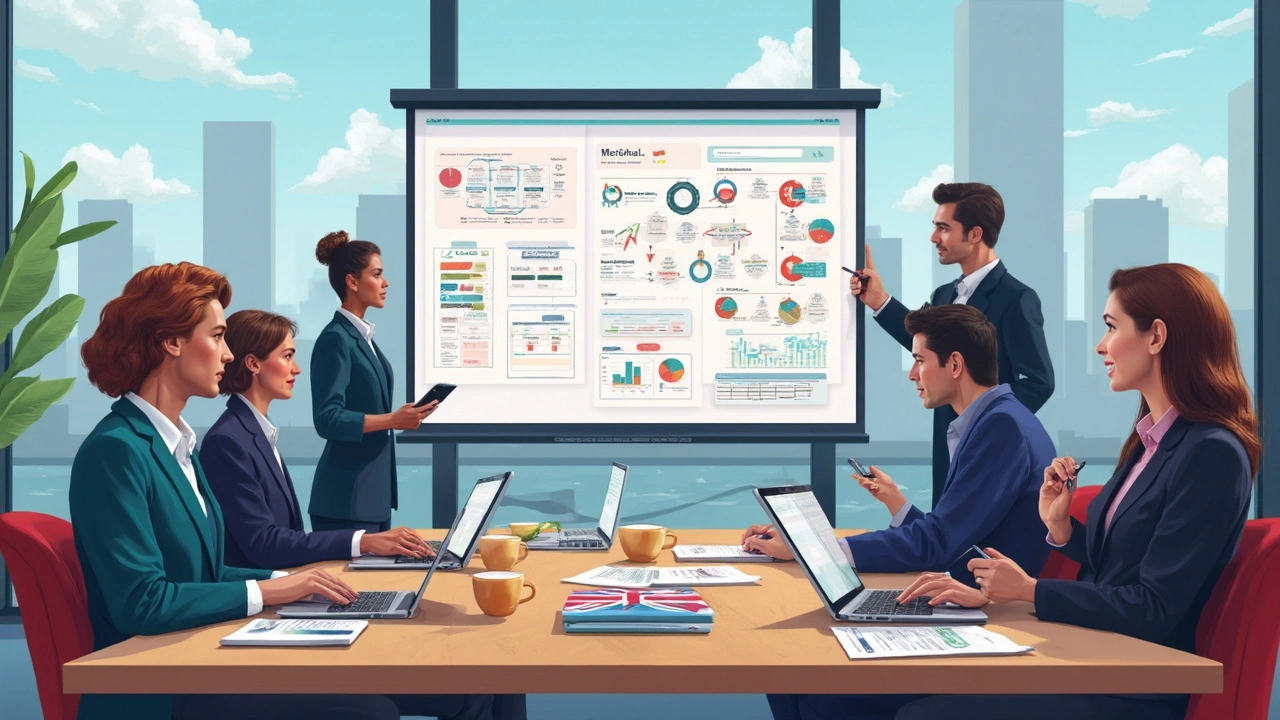WMS Pricing: What You Need to Know Before You Buy
Choosing a warehouse management system (WMS) can feel like a big gamble if you don’t understand how the pricing is built. A clear picture of costs helps you avoid surprise bills and pick a solution that actually fits your workflow.
First off, think about what you want the WMS to do. Do you need basic inventory tracking, or are you looking for advanced order routing, real‑time analytics, and integration with your ERP? The features you need will drive the price you pay.
Common WMS Pricing Models
Most vendors use one of three basic structures: subscription, per‑user, or perpetual license. Subscription models charge a monthly or annual fee and usually include updates and support. They’re great if you like predictable cash flow.
Per‑user pricing bills you for each employee who logs into the system. This works well for small teams but can get pricey as you grow. Some vendors combine per‑user with transaction‑based fees, meaning you pay for every pick, pack, or shipment processed.
Perpetual licenses require a big upfront payment for the software, plus optional annual maintenance fees for upgrades and support. This can be cheaper long‑term if you have a stable operation and an in‑house IT team.
Tips to Keep WMS Costs Under Control
Watch out for hidden costs. Implementation can be a separate charge, sometimes 20‑30% of the software price, especially if you need custom integrations. Training, data migration, and change‑management consulting add up quickly.
Ask vendors about tiered pricing. Many offer discount tiers once you hit a certain number of users or transactions. It’s worth negotiating a cap on transaction fees if you expect seasonal spikes.
Don’t forget ongoing expenses. Even with a subscription, you may need extra modules for things like labor management or advanced reporting. Check if those are bundled or sold a la carte.
Calculate ROI before you sign. Estimate how much faster your staff can pick, how much inventory shrinkage you’ll reduce, and the value of better order accuracy. Compare that to the total cost of ownership over three years to see if the investment pays off.
Finally, read the fine print on contract length. Some providers lock you into a multi‑year agreement with hefty exit fees. If you’re not 100% sure, start with a short‑term pilot to test the system’s fit.
By breaking down the pricing models, spotting hidden fees, and measuring potential savings, you can choose a WMS that matches your budget and growth plans without any nasty surprises.
This article breaks down the real costs behind logistics software, so you know exactly what to expect when budgeting for a new solution. Get the inside scoop on pricing models, hidden fees, and real-world price ranges. Learn what affects pricing the most, from features to user counts and integrations. Find out clever ways to keep costs down without sacrificing what you need for your business to run smoothly. If you’re thinking about logistics software, this guide shows where your money really goes.
May, 20 2025
